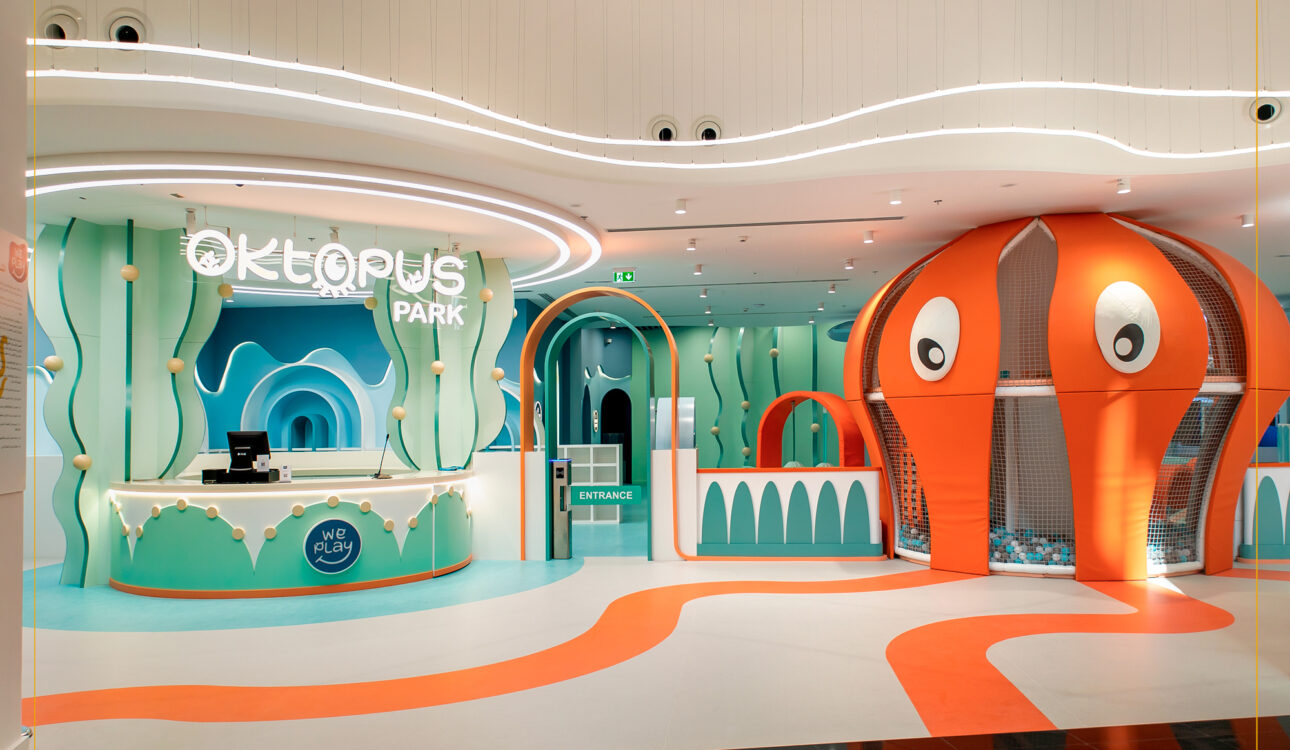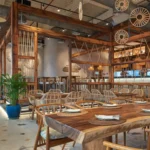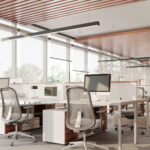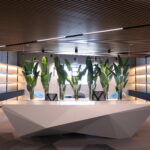Introduction
Designing a space specifically tailored to children’s needs goes beyond mere aesthetics; it’s about creating an environment where they can thrive, play, and learn. In this article, we delve into the intricacies of Designing Playful and Functional Spaces for Children: spaces that are both playful and functional, ensuring children’s safety and enjoyment.
Understanding the Importance of Kids’ Corners
Kids’ Corners serve as dedicated areas within homes, schools, or public spaces, designed to cater to children’s developmental needs. These spaces are carefully curated to encourage creativity, exploration, and social interaction while fostering a sense of independence and belonging.
Key Elements for Designing a Kids’ Corner
Safety Measures
Ensuring the safety of children is paramount in any Kids’ Corner design. Implementing measures such as rounded edges, non-toxic materials, and secure furniture anchoring is crucial to prevent accidents and injuries.
Interactive Features
Incorporating interactive elements such as sensory boards, puzzles, and age-appropriate toys promotes cognitive development and keeps children engaged for extended periods.
Comfortable Seating
Comfort is key in a Kids’ Corner. Providing soft seating options like bean bags, floor cushions, or child-sized chairs encourages relaxation and fosters a cozy atmosphere.
Educational Components
Integrating educational tools like books, art supplies, and learning games stimulates intellectual growth and nurtures a love for learning from an early age.
Incorporating Themes and Color Psychology
The Role of Themes
Themes add personality and charm to Kids’ Corners, sparking imagination and creativity. Whether it’s a jungle adventure, outer space exploration, or a fairy tale kingdom, choosing a theme can set the stage for endless adventures.
Utilizing Color Psychology
Colors have a profound impact on children’s emotions and behavior. Opting for vibrant hues like reds and yellows can energize and inspire, while softer tones such as blues and greens promote a sense of calm and tranquility.
Maximizing Space Efficiency
Layout Optimization
Efficient space planning is essential in maximizing the usability of a Kids’ Corner. Creating designated zones for different activities ensures optimal use of space while maintaining an organized environment.
Storage Solutions
Incorporating ample storage solutions like shelves, bins, and baskets helps keep clutter at bay and encourages children to tidy up after themselves.
Budget-Friendly Ideas
DIY Projects
Embarking on DIY projects allows for customization while staying within budget. From homemade sensory bins to recycled art projects, the possibilities are endless.
Repurposing Furniture
Giving new life to old furniture through repurposing or upcycling not only saves money but also adds a unique touch to the Kids’ Corner. An old dresser can be transformed into a storage bench, while a discarded pallet can serve as a makeshift bookshelf.
Sustainability in Design
Eco-Friendly Materials
Opting for sustainable materials such as bamboo, cork, or reclaimed wood reduces environmental impact and promotes eco-conscious living.
Renewable Energy Sources
Exploring renewable energy options like solar-powered lights or hand-cranked gadgets not only teaches children about sustainability but also instills a sense of responsibility towards the planet.
Creating a Sensory-Friendly Environment
Sensory Stimulation
Incorporating sensory-rich elements like textured walls, scented playdough, and auditory toys caters to children’s sensory needs, promoting exploration and engagement.
Calming Elements
Creating quiet retreats within the Kids’ Corner with soft lighting, cozy nooks, and soothing music provides children with a space to unwind and relax.
Promoting Physical Activity
Indoor Play Equipment
Integrating indoor play equipment like climbing walls, balance beams, and mini trampolines encourages physical activity and helps develop gross motor skills, even in limited spaces.
Outdoor Play Areas
For outdoor Kids’ Corners, incorporating swings, slides, and sandboxes provides children with opportunities for unstructured play and exploration in natural settings.
Inclusive Design for All Abilities
Accessibility Features
Designing Kids’ Corners with accessibility in mind ensures that children of all abilities can fully participate and enjoy the space. Ramps, wide pathways, and sensory-friendly elements accommodate diverse needs and foster inclusivity.
Adaptive Equipment
Including adaptive equipment such as adjustable tables, sensory-friendly swings, and wheelchair-accessible play structures ensures that every child can engage in play and exploration comfortably.
Safety Precautions
Childproofing Strategies
Implementing childproofing measures such as securing furniture to walls, installing safety gates, and covering electrical outlets minimizes potential hazards and creates a safe environment for children to explore independently.
Regular Maintenance
Regular inspections and maintenance of Kids’ Corners are essential to address wear and tear, ensure equipment safety, and uphold cleanliness standards, maintaining a welcoming and hygienic environment for children.
Conclusion
Designing Playful and Functional Spaces for Children that strike a balance between playfulness and functionality requires careful consideration of various factors, including safety, space optimization, and inclusivity. By incorporating engaging elements, stimulating activities, and thoughtful design principles, these spaces can become havens where children can unleash their creativity, learn, and grow.
Frequently Asked Questions (FAQs)
Q: What age group is suitable for Kids’ Corners?
A: Kids’ Corners can be tailored to accommodate a wide range of age groups, from toddlers to pre-teens.
Q: How can I incorporate technology into a Kids’ Corner without overwhelming children?
A: When integrating technology into a Kids’ Corner, moderation and purposeful selection are key. Opt for interactive learning apps, educational videos, or child-friendly tablets that align with the space’s theme and promote skill development.
Q: Are there any specific safety standards I should adhere to when designing a Kids’ Corner?
A: Yes, safety should be a top priority when designing a Kids’ Corner. Adhere to safety standard such as ensuring furniture is anchored securely to walls, using childproof locks on cabinets and drawers, and selecting age-appropriate toys and equipment.
Q: Can Kids’ Corners be incorporated into commercial spaces like restaurants or waiting rooms?
A: Absolutely! Kids’ Corners in commercial spaces can enhance the overall customer experience by providing families with a designated area for children to play while parents dine or wait. Incorporate features like interactive toys, reading nooks, and coloring stations to keep children entertained and engaged, ultimately increasing customer satisfaction and loyalty.
Q: What are some budget-friendly ways to design a Kids’ Corner at home?
A: Designing a Kids’ Corner on a budget doesn’t have to compromise on creativity or functionality. Consider DIY projects using materials you already have at home, such as cardboard boxes transformed into imaginative play structures or repurposing old furniture with a fresh coat of paint.
Q: How can I encourage reluctant children to engage with the Kids’ Corner?
A: Encouraging reluctant children to embrace the Kids’ Corner involves creating an inviting and stimulating environment that caters to their interests and preferences.






